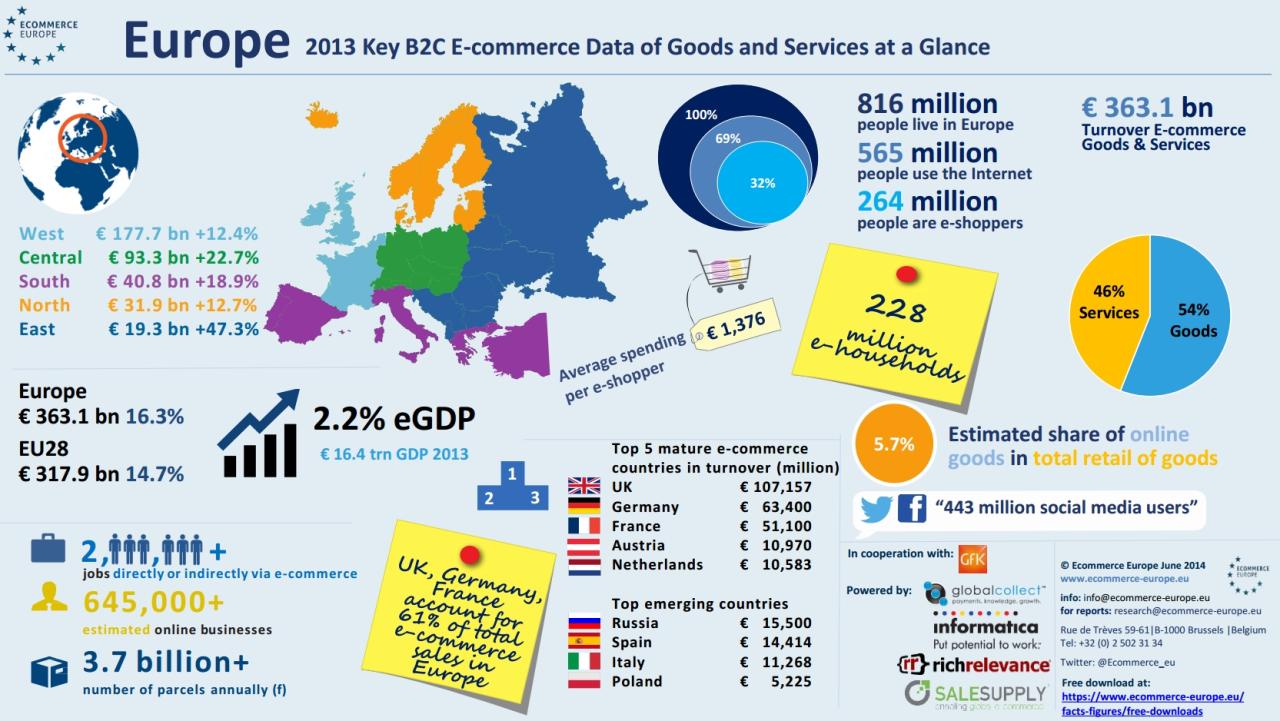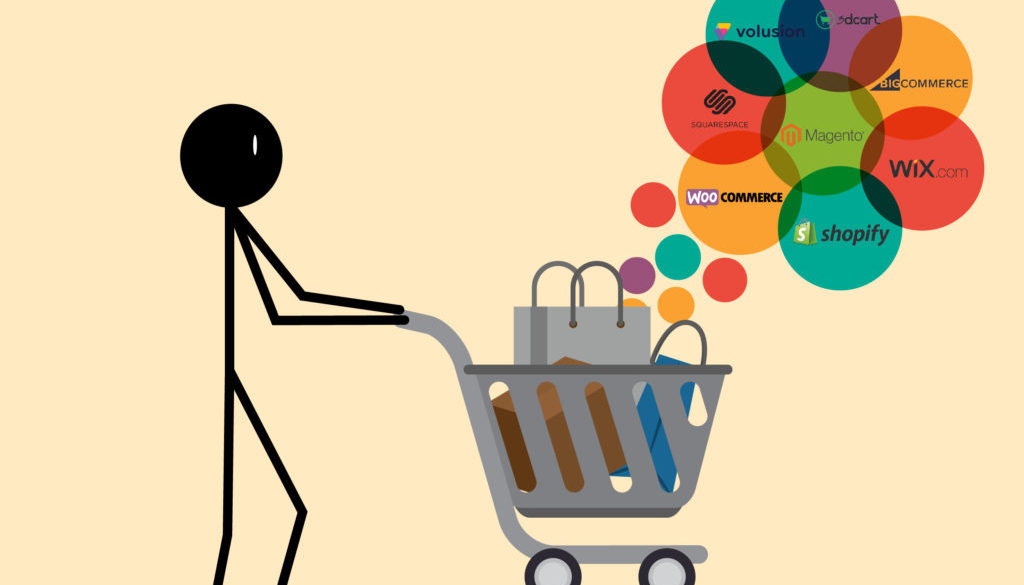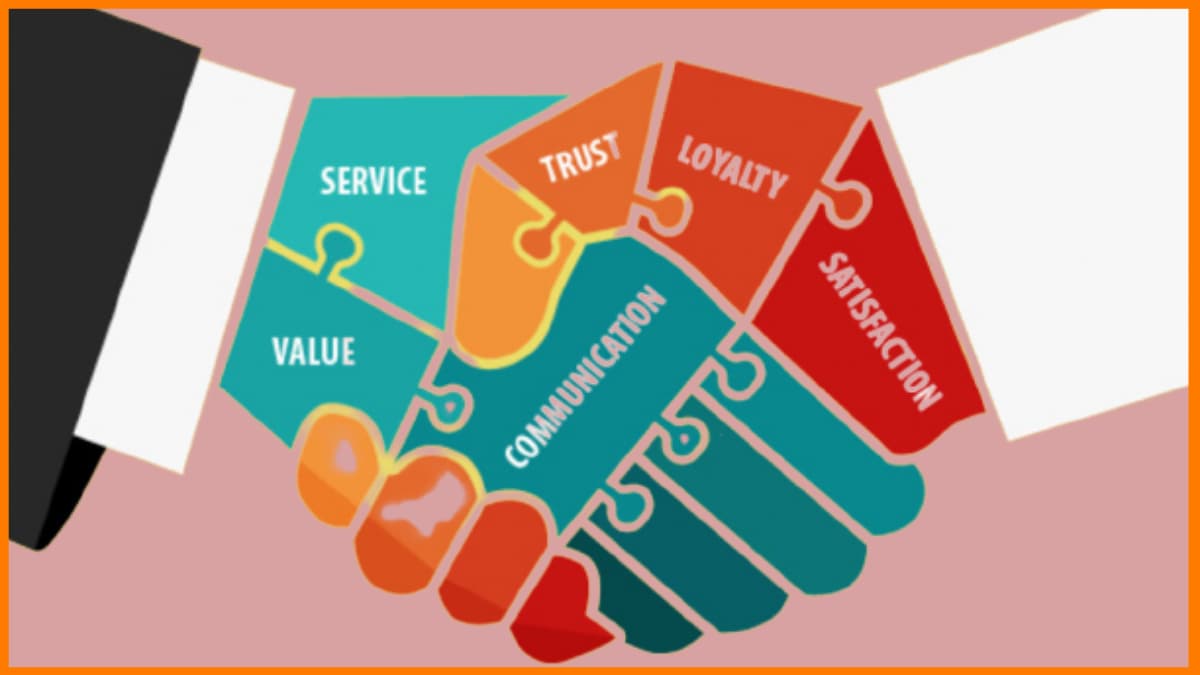Delve into the world of email marketing automation platforms, where efficiency meets innovation to revolutionize how businesses engage with their audience. From streamlining campaigns to enhancing customer interactions, these platforms offer a multitude of benefits that propel companies towards success.
As we explore the intricacies of setting up, creating, and optimizing automated email campaigns, a deeper understanding of the power of email marketing automation platforms will unfold.
Introduction to Email Marketing Automation Platforms

Email marketing automation platforms are tools that allow businesses to streamline, automate, and personalize their email marketing efforts. These platforms help in sending targeted messages to specific segments of a contact list based on predefined triggers or actions taken by the recipients.
Key Features of Email Marketing Automation Platforms
- Automated Email Campaigns
- Segmentation and Personalization
- Lead Scoring and Nurturing
- Analytics and Reporting
- Integration with CRM Systems
Popular Email Marketing Automation Platforms
- Mailchimp
- HubSpot
- ActiveCampaign
- Constant Contact
Benefits of Using Email Marketing Automation Platforms for Businesses
- Increased Efficiency: Save time and effort by automating repetitive tasks.
- Improved Targeting: Reach the right audience with personalized messages.
- Enhanced Engagement: Keep subscribers engaged with relevant content.
- Better ROI: Track performance metrics and optimize campaigns for higher returns.
Setting Up an Email Marketing Automation Platform
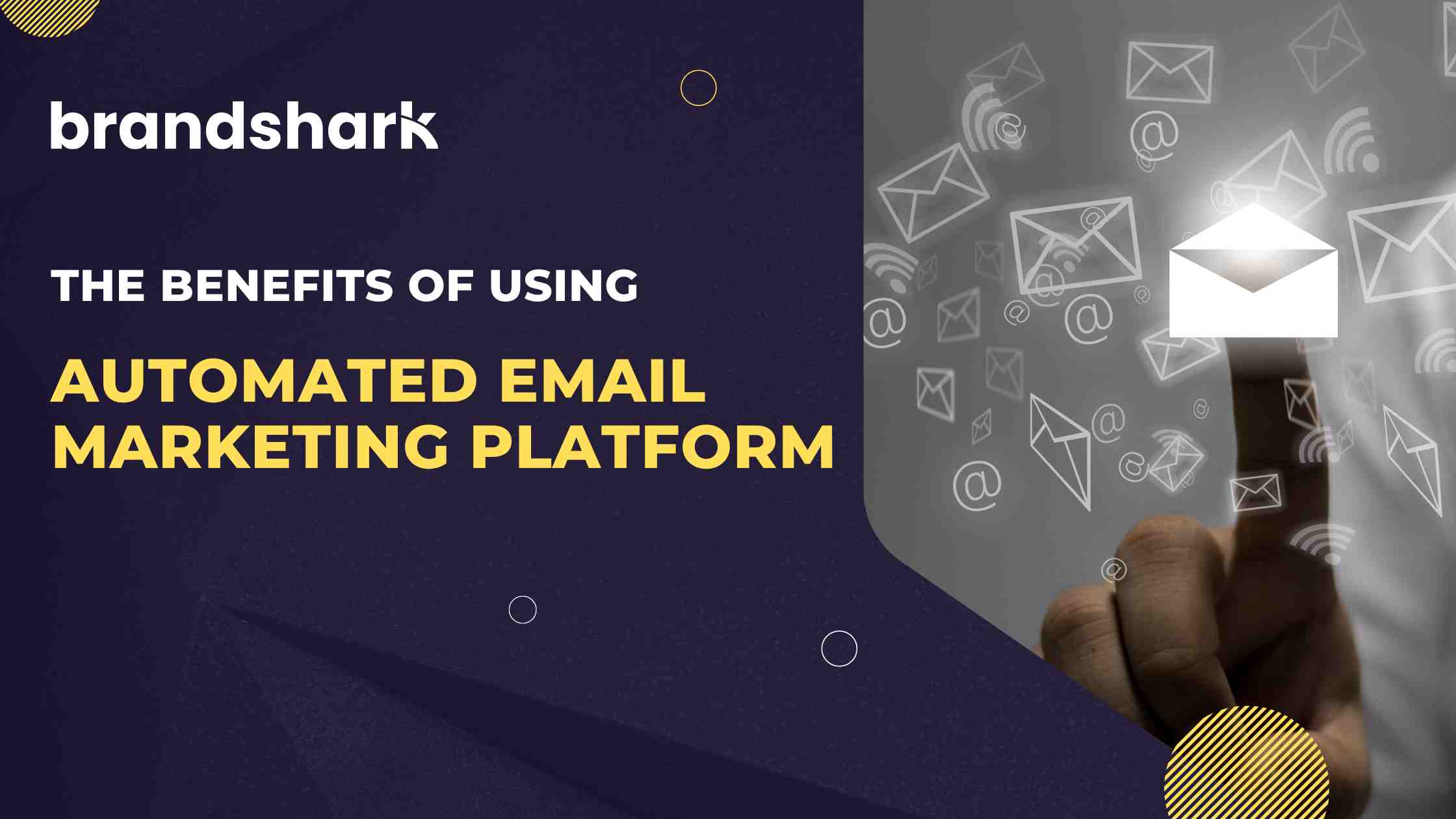
Setting up an email marketing automation platform is a crucial process that requires careful planning and execution to ensure its effectiveness. Below are the steps involved, methods for integration, best practices, and common challenges faced during the setup:
Steps Involved in Setting Up an Email Marketing Automation Platform
- 1. Define Your Goals: Clearly Artikel your objectives and target audience to tailor your automation strategy accordingly.
- 2. Choose the Right Platform: Select a reputable email marketing automation platform that aligns with your needs and budget.
- 3. Set Up Your Contacts Database: Import and organize your contact list to segment audiences for personalized campaigns.
- 4. Create Engaging Content: Develop compelling email templates and workflows to engage subscribers at every stage.
- 5. Test and Optimize: Conduct A/B testing and analyze performance metrics to refine your automation strategy over time.
Methods for Integrating Email Marketing Automation Platforms with Existing Systems
- - API Integration: Utilize API connections to seamlessly sync data between your email automation platform and other tools or systems.
- - Third-Party Integrations: Explore available integrations with CRM software, e-commerce platforms, and social media channels to enhance automation capabilities.
- - Custom Development: Consider custom development solutions to tailor integrations to specific business requirements.
Best Practices for Ensuring a Smooth Setup Process
- - Plan Ahead: Develop a detailed implementation plan outlining tasks, timelines, and responsibilities.
- - Training and Support: Provide adequate training to your team on using the platform effectively and offer ongoing support.
- - Data Security: Implement robust security measures to protect sensitive customer data and comply with regulations.
Common Challenges Faced During the Setup and How to Overcome Them
- - Integration Issues: Address compatibility issues by thoroughly testing integrations and seeking support from platform providers.
- - Data Quality: Regularly clean and update your contact database to ensure accurate segmentation and targeting.
- - Automation Errors: Monitor campaigns closely for any errors or glitches, and have a contingency plan in place to rectify issues promptly.
Creating Automated Email Campaigns
Automated email campaigns are a powerful tool for engaging with your audience and nurturing leads. By designing effective campaigns, segmenting your audience, and personalizing your messages, you can maximize the impact of your email marketing efforts.
Designing Effective Automated Email Campaigns
- Start by defining your goals for the campaign, whether it's driving sales, increasing brand awareness, or nurturing leads.
- Create a series of emails that guide the recipient through a journey, from the initial contact to conversion.
- Use engaging subject lines and compelling content to capture the recipient's attention and encourage them to take action.
Segmenting the Audience for Targeted Campaigns
- Segment your audience based on demographics, behavior, or engagement with previous campaigns to send targeted messages.
- Personalize your campaigns by addressing the recipient by name and tailoring the content to their interests and preferences.
- Consider using dynamic content to show different messages to different segments of your audience based on their interactions with your emails.
Importance of Personalization in Automated Email Campaigns
- Personalization can significantly increase open rates, click-through rates, and conversions by making the recipient feel valued and understood.
- Include the recipient's name, past purchase history, or browsing behavior to create a personalized experience that resonates with them.
- Test different personalization strategies to see what works best for your audience and adjust your campaigns accordingly.
Examples of Successful Automated Email Campaigns
- A welcome series that introduces new subscribers to your brand and guides them through your products or services.
- An abandoned cart series that reminds customers of items left in their cart and incentivizes them to complete their purchase.
- A re-engagement campaign that targets inactive subscribers with special offers or personalized content to bring them back into the fold.
Analyzing Performance and Optimization
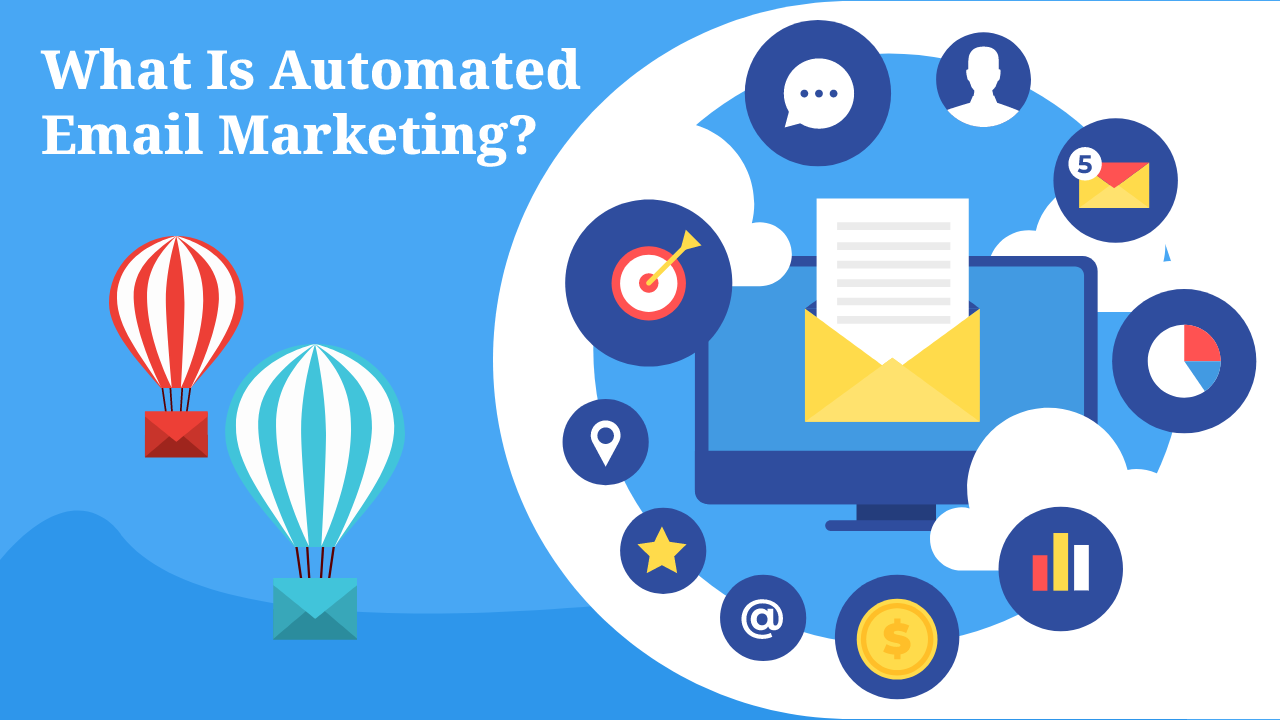
When it comes to email marketing campaigns, analyzing performance and optimizing strategies are crucial for achieving success. By tracking key metrics, utilizing data insights, and conducting A/B testing, you can continuously improve the effectiveness of your email campaigns.
Key Metrics to Track
Before diving into optimization strategies, it's essential to understand the key metrics that indicate the performance of your email campaigns:
- Open Rate: The percentage of recipients who opened your email.
- Click-Through Rate (CTR): The percentage of recipients who clicked on a link in your email.
- Conversion Rate: The percentage of recipients who completed the desired action after clicking on a link.
- Bounce Rate: The percentage of emails that were not successfully delivered to recipients.
- Unsubscribe Rate: The percentage of recipients who opted out of receiving future emails.
Using Data for Optimization
Once you have collected data on these key metrics, you can leverage the insights provided by your email marketing automation platform to optimize your campaigns:
- Identify Patterns: Look for trends in open rates, click-through rates, and conversions to understand what resonates with your audience.
- Segmentation: Use data to segment your audience based on behavior, preferences, or demographics to personalize your campaigns.
- Automate Triggers: Set up automated triggers based on user actions to send targeted and timely emails.
A/B Testing Strategies
A/B testing, also known as split testing, is a method used to compare two versions of an email to determine which performs better. Here are some strategies for conducting A/B tests:
- Test Subject Lines: Experiment with different subject lines to see which ones drive higher open rates.
- Test Call-to-Actions: Try different CTAs to see which prompts more clicks and conversions.
- Test Design Elements: Compare different layouts, colors, and images to optimize engagement.
Interpreting Analytics Data
Interpreting analytics data is essential for making informed decisions about your email campaigns. Here are some insights to consider:
- Look for Trends: Analyze data over time to identify patterns and adjust your strategies accordingly.
- Focus on Conversions: Prioritize metrics that directly impact your goals, such as conversion rates and ROI.
- Experiment and Iterate: Continuously test new ideas and iterate based on the results to improve performance.
Epilogue
In conclusion, email marketing automation platforms serve as a cornerstone for modern marketing strategies, providing businesses with the tools they need to thrive in a competitive digital landscape. By embracing automation and data-driven insights, companies can unlock new possibilities and drive unprecedented growth in their email marketing endeavors.
Key Questions Answered
What are the key features of email marketing automation platforms?
Key features include automated campaign scheduling, personalized content creation, detailed analytics tracking, and seamless integration with CRM systems.
How can businesses overcome common challenges during the setup of email marketing automation platforms?
Businesses can overcome challenges by conducting thorough training for staff, setting clear objectives, and regularly monitoring performance to identify and address any issues.
Why is audience segmentation important in automated email campaigns?
Segmenting the audience allows for targeted messaging, personalized content, and improved engagement, leading to higher conversion rates and customer satisfaction.
What are some key metrics to track when analyzing email campaign performance?
Key metrics include open rates, click-through rates, conversion rates, bounce rates, and overall engagement levels.

